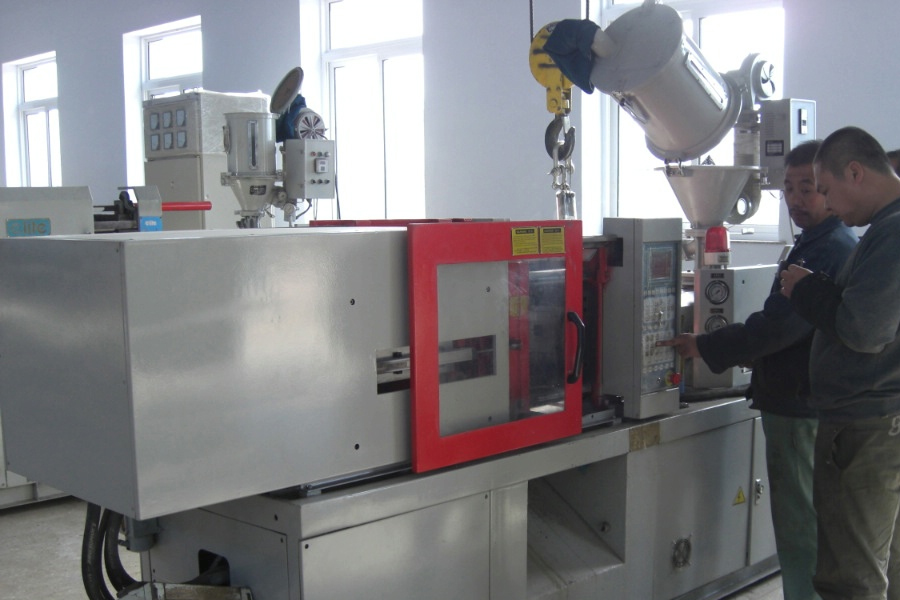When the following fault phenomenon occurs in the CNC lathe, it is necessary to consider whether it is caused by the fault of the detection device in the servo system, and correctly analyze and find the fault location.
1. Mechanical oscillation (during acceleration / deceleration)
Common causes of such failures are:
(1) The pulse encoder is faulty. At this time, it is important to check whether the voltage on the feedback line terminal on the speed detection unit drops at a certain point. If there is a drop, it indicates that the pulse encoder is defective.
(2) The pulse encoder cross coupling may be damaged, causing the shaft speed to be out of sync with the detected speed. Replace the coupling.
(3) The speed measuring generator is faulty, repaired, and replace the speed measuring machine. In the practice of maintenance, the speed measuring electromechanical brushes are worn and jammed more frequently. The speed measuring machine should be disassembled, the brush should be carefully removed, polished a few times on fine sandpaper, and at the same time the dirt of the commutator should be cleaned and reinstalled.
2. Mechanical movement is extremely fast (speeding)
When repairing such faults, you should check the working conditions of the position control unit and speed control unit at the same time, and also focus on checking:
(1) Whether the pulse encoder wiring is wrong, check whether the encoder wiring is positive feedback, and whether phase A and phase B are connected in reverse.
(2) Is the coupling of the pulse encoder damaged? If damaged, replace the coupling.
(3) Check whether the terminals of the tachogenerator are reversed and the excitation signal wire is connected incorrectly
3. The spindle cannot be moved directionally or not
To repair such faults, you should check the setting adjustment of the orientation control circuit, the orientation board, and the spindle control printed circuit board adjustment. At the same time, you should check whether the position detector (encoder) is defective. At this time, the output waveform of the encoder is generally measured. , Judge whether the encoder is good or bad by judging whether the output waveform is normal. (Maintenance personnel should pay attention to recording the normal output waveform of the encoder when the equipment is normal, so that it can be checked when the fault occurs.)
4. Vibration during coordinate axis feed
During maintenance, check whether the motor coil is short-circuited, whether the connection between the mechanical feed screw and the motor is good, and whether the entire servo system is stable. Check whether the pulse code is good, whether the coupling of the coupling is stable and reliable, and whether the speed measuring machine is reliable. .
5. NC error alarm
An alarm caused by program error or operation error in NC alarm. For example, NC alarm 090.091 of FAUNUC6ME system. If an NC alarm occurs, it may be caused by a fault in the main circuit and the feed rate is too low. At the same time, there may be:
(1) Defective pulse encoder.
(2) The power supply voltage of the pulse encoder is too low (at this time, adjust the power supply voltage of 15V so that the voltage value on the + 5V terminal of the main circuit board is within 4.95-5.10V).
(3) The reference point return cannot be performed normally without the one-turn signal of the pulse encoder input.
6. Servo system alarm
At this time, pay attention to check:
(1) The feedback signal of the shaft pulse encoder is disconnected, short-circuited and the signal is lost. Use the oscilloscope to measure the A-phase and B-phase one-turn signals to see if they are normal.
(2) The internal fault of the encoder causes the signal to be received incorrectly. Check whether it is polluted, dirty or deformed.
